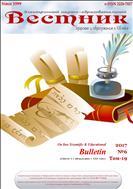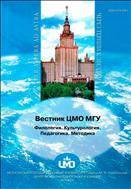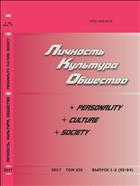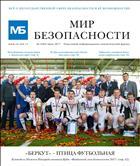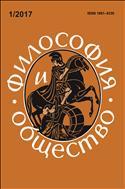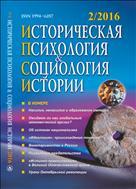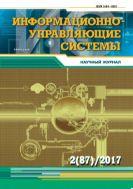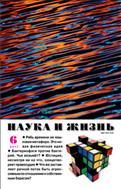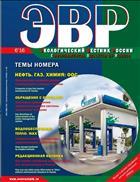Methodology for a local fauna study of ground beetles (Coleoptera, Carabidae) in the forest-tundra zone of the Polar Urals, RussiaMethodology for a local fauna study of ground beetles (Coleoptera, Carabidae) in the forest-tundra zone of the Polar Urals, Russia 
An important step in research planning is the choice of methodology. This is especially important for territories which are difficult to access such as in the Arctic, where successive repetitions of field works require significant resources. The methodology utilizing the local fauna has been used over the past twenty years. It provides comparable data on the structure of fauna and species richness for different territories. The purpose of the present study was to assess the “local fauna method” with respect to fauna studies of ground beetles in the Arctic forest-tundra zone. The research was conducted from June 18 2017 to August 30 2017 within the Polar Urals (10 km from the Harp settlement in the Yamalo-Nenets Autonomous Okrug, which is a state of Russia). Carabids were sampled by using pitfall traps on 20 sites. This article will also include the results of our previous research concerning the structure of some local faunas from the forest-tundra zone of Nenets Autonomous Okrug (settlements Nes’, Oma, Khorey-Ver). The results of this study demonstrate the following: 1) the local fauna of the Polar Urals has 85 species of ground beetles from 25 genera, which is 77% of species lists of carabids for a 70-year period of research within the Polar Urals; 2) the local fauna of the Polar Urals has 29% similarity of list species with local faunas from the European part of the Arctic, with similar compositions of zoogeographical groups and life forms; 3) in one research period there was 90% detection of carabids species in the forest-tundra local fauna using the sampling method of pitfall traps within a period of 40 days, conducted at 15 sites, with the predominance of southern types of plant communities (meadows, forests). |
|
09.12.2024Все новости Издательства повышают цены на книгиИздательства вынуждены повысить цены на книги из-за роста стоимости полиграфии |
ПОДПИСКА НА ЖУРНАЛЫ И ГАЗЕТЫ ON-LINE1
Мы используем cookie. Это позволяет нам анализировать взаимодействие посетителей с сайтом и делать его лучше. Продолжая пользоваться сайтом, вы соглашаетесь с использованием файлов cookie.
Подробнее можно ознакомиться на странице политики конфиденциальности и политики обработки персональных данных.
© 2005-2023 Агентство «Книга-Сервис»
107996 Москва
Протопоповский пер. 19, к.17
E-mail: public@akc.ru









